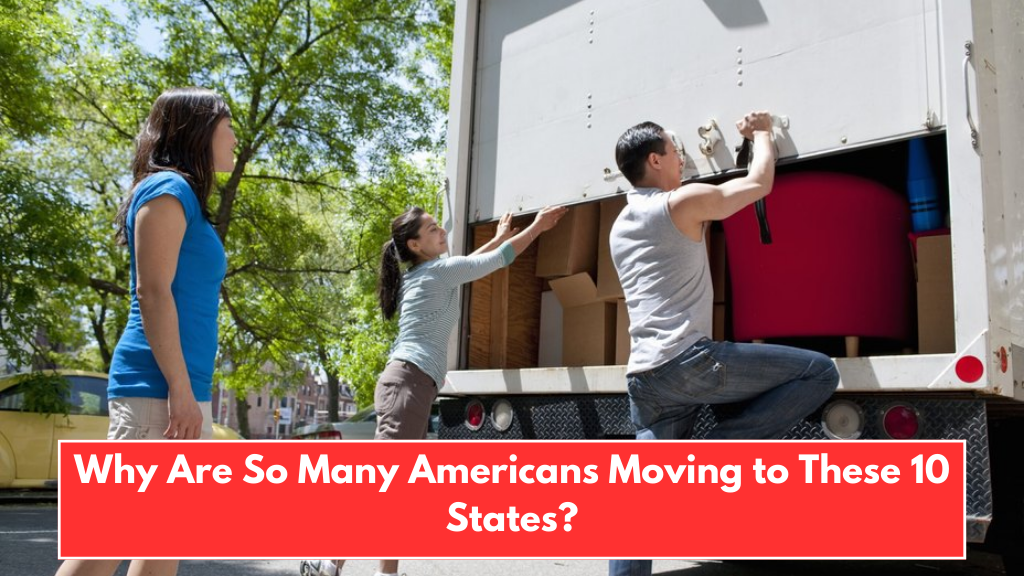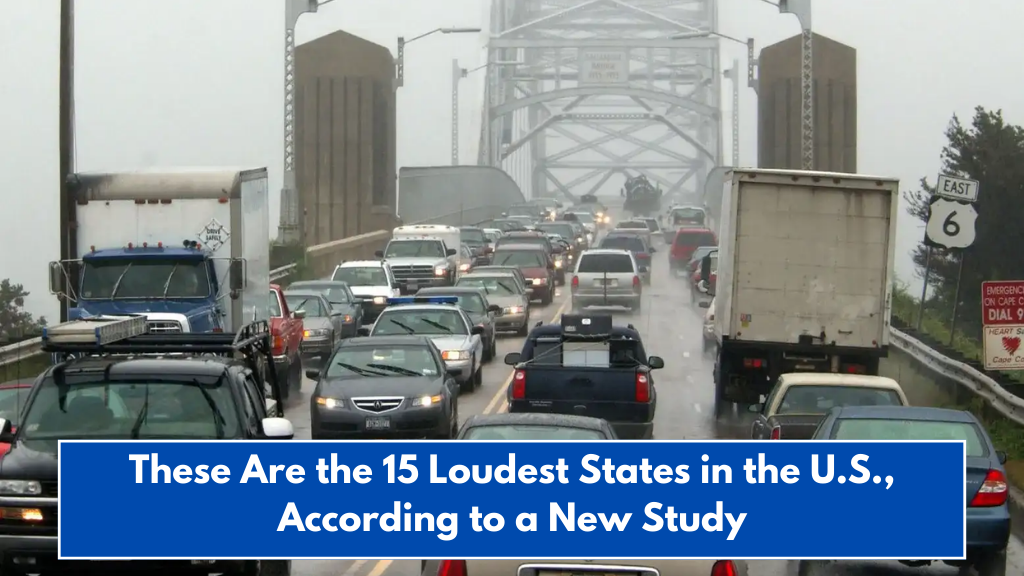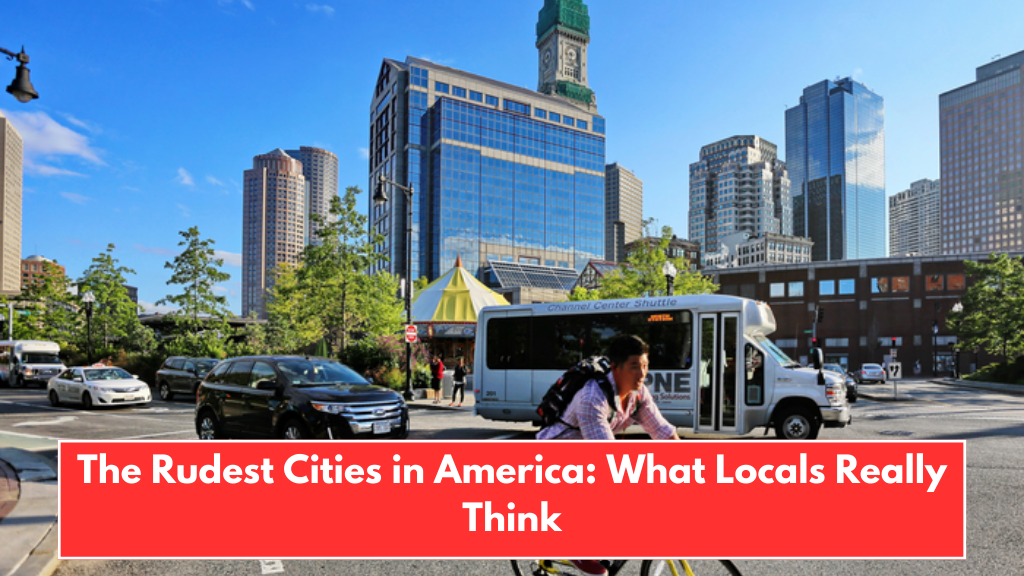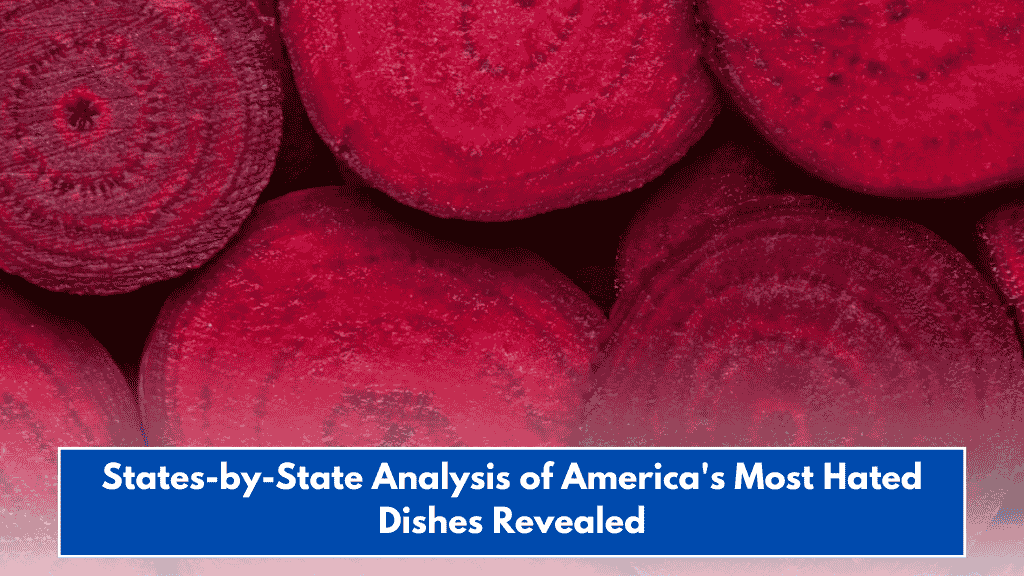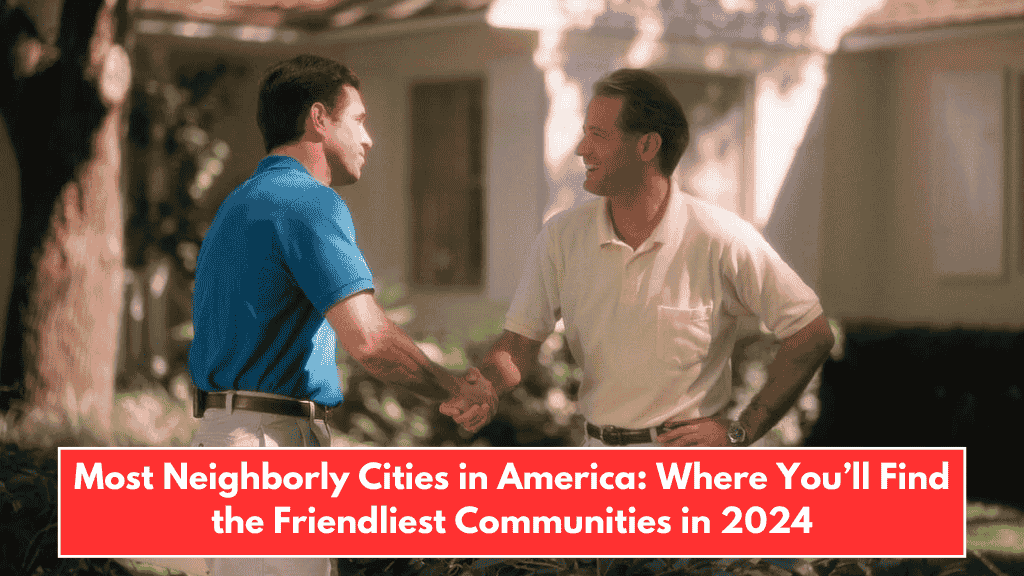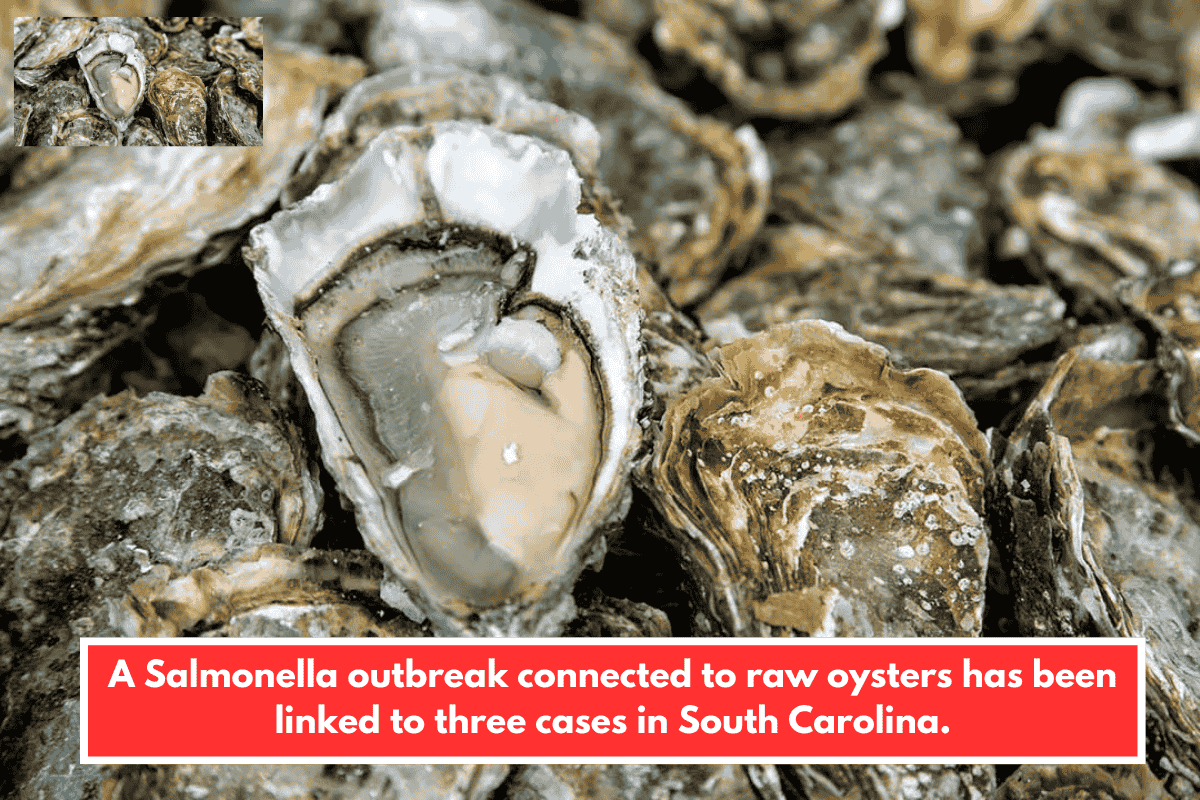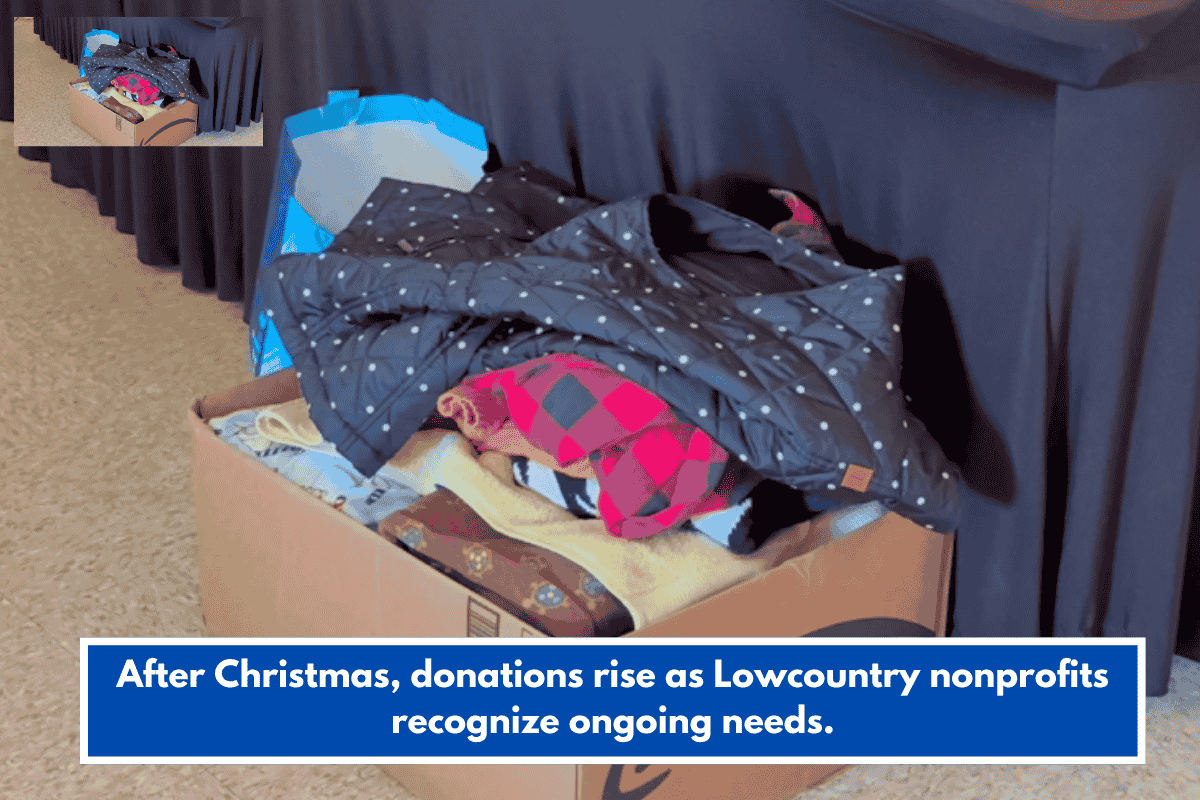Marriage and singlehood trends vary significantly across U.S. cities. While the national average shows that about 41% of adults are married and another 41% are never-married, this balance shifts dramatically depending on the city. Some places have as low as 22.4% of the population married, while others boast 55.9%. Curious about where your city stands? Let’s take a closer look.
Marital Trends Across U.S. Cities
Cities across the U.S. show diverse marital trends, with some areas seeing a higher percentage of married couples than others. For example, Plano, Texas has the highest married population rate at 55.9%, followed by Colorado Springs, Colorado (52.9%), Chesapeake, Virginia (52.7%), Chula Vista, California (50.5%), and Garland, Texas (50.1%). These cities have more than half of their population married, showcasing the strong marital culture in these areas.
However, places like Boston, Massachusetts, stand out for having a higher percentage of singles. Boston is ranked second-highest in the country with 57.4% of its population single. Similarly, Rochester, New York, holds the top spot, with 58.5% of people unmarried, and Detroit follows closely with 57.2%.
The Gender Balance in Singlehood
While single people make up a significant portion of the population in various cities, the gender ratio is not always even. In cities like Oceanside, California, single men outnumber single women, with a ratio of 152.7 single men for every 100 single women. Miami, Florida, has a similar trend, with 138 single men per 100 single women.
On the other hand, some cities have more single women than men. For example, in New Orleans, Louisiana, the ratio is reversed, with 85.3 single men for every 100 single women. In Birmingham, Alabama, there were fewer single men compared to women, with 81.9 single men per 100 women.
Divorce Rates Across U.S. Cities
Divorce rates also vary from city to city, with Columbus, Georgia, having the highest rate of 15.7%. Columbus also has an almost even split of single men to women, at 100.5 single men for every 100 single women. Other cities with notable divorce rates include Chesapeake, Virginia, and Plano, Texas. Nationwide, the median divorce rate stands at around 11%.
The Impact of Relationship Status on Daily Life
A person’s relationship status affects not just their personal life but their financial situation as well. Factors like tax filing status, daily expenses, insurance, and estate planning can all be influenced by whether someone is married, single, or divorced. As such, understanding the relationship dynamics in your city can help you make informed decisions about your life and finances.
Key Findings from SmartAsset’s Study
SmartAsset, a financial resource platform, examined data from 119 of the largest U.S. cities to analyze marital trends, singlehood statistics, divorce rates, and the gender ratio among singles. Some of their key findings include:
- Rochester, NY, leads with 58.5% of its population being single, with single men slightly outnumbering single women at a ratio of 102.4 single men per 100 single women.
- Oceanside, CA, has the highest concentration of single men compared to women, with a ratio of 152.7 single men for every 100 single women.
- Cities like Plano, TX, and Chesapeake, VA, stand out for having over 50% of their populations married, indicating a strong marital trend.
- New Orleans, LA, stands out for having more single women than men, with a ratio of 85.3 single men per 100 single women.
- The highest divorce rate is found in Columbus, GA, with 15.7% of people divorced, showing a significant trend of separation in the city.
The trends in marriage, singlehood, and divorce across U.S. cities reveal fascinating differences in how people approach relationships and living arrangements. Whether you’re looking for a city with a high concentration of singles or a place with a strong marital culture, understanding these trends can help guide your personal and financial decisions. From the high single population in cities like Rochester and Boston to the strong marital trends in Plano and Colorado Springs, these relationship patterns are shaping the way people live in each of these cities.




